by Susan Hopp
ACS San Francisco Chapter Board member, Susan Hopp, recently interviewed fellow Board member and Marine Biologist, Izzy Szczepaniak, to learn about observations of cetacean activity in the Bay Area as we close out the year 2020.
Susan: Izzy, while the days have gotten shorter, we've had some pretty beautiful weather, seemingly perfect for getting out on the ocean. Have you had any good experiences to report to the ACS community?
Izzy: Yes! On November 14th, I went out to the Farallon Islands on an Oceanic Society Natural History trip, one of the last trips of the season before trips resume in the Spring. It was an exciting day with exceptional ocean conditions and visibility. We sighted three species of whales. We saw two blue whales at the edge of the continental shelf, 30 miles offshore, where the water depth goes from 300' to 3000' in less than a mile. In Fisherman's Cove, off the Southeast Farallon Islands, we had two sightings of humpback whales feeding. On the other side of the island, we observed three gray whales feeding ahead of their southward migration.
Susan: Wow, that must have been spectacular!
Izzy: And that's not all! We were thrilled to come upon a group of ten Dall's porpoise. These are extraordinary animals to witness because they are among the fastest of the cetaceans. As they surface, their dorsal fins cause a distinctive splash in the shape of a "rooster tail". They are incredibly fast, reaching speeds up to 35 miles per hour!
Dall’s porpoise
Susan: I'm picturing this exciting activity in my mind's eye right now! This collection of whale and dolphin sightings on a single day would be a fitting way to end the 2020 "conversations with Izzy" unless you have anything else to add.
Izzy: And I do! On December 2nd, we conducted a research survey looking for whales, dolphins, and porpoises. We started in Sausalito and headed out under the Golden Gate Bridge to Baker Beach. Proceeding south along the coast, we had our first encounter with seven bottlenose dolphins just off the Cliff House. One of our research objectives is to identify individual dolphins using photos of their dorsal fins. I managed to obtain three ID photos of dolphins we've seen before!
Susan: Can you elaborate on how you identify the animals?
Izzy: Many dolphins have notches on their dorsal fins. To identify an animal, its dorsal fin must have at least two notches. Animals with less than two are considered unidentifiable. In our San Francisco catalog, we have identified over 100 animals. See my photos for examples.
Susan: What behavior did you observe?
Izzy: In this group, there was a calf swimming alongside a female we know as Skillet, who is possibly the mother. They were playing in the surf zone near surfers (see photo).
A bottlenose dolphin calf swims with adult female dolphin “Skillet” and a third dolphin in the surf zone at Ocean Beach - photo by Izzy Szczepaniak
Susan: Where else did you survey?
Izzy: We headed north along the Marin coast, where we experienced two more bottlenose dolphin sightings. We saw three dolphins at Rodeo Beach and captured an ID photo of Spider, the very first dolphin we identified when we began our bottlenose dolphin research in 2010!
Dorsal fin ID photo of bottlenose dolphin “Spider” at Rodeo Beach - photo by Izzy Szczepaniak
We continued north to Stinson Beach without seeing dolphins. Upon turning around, we came across ten dolphins at Muir Beach, and among them was another cow-calf pair. The calf was young enough to have fetal folds visible on its side, indicating it was born within the last 3 to 5 months. Notably, upon the investigation of our photographs, we determined each group of dolphins was distinct.
Bottlenose dolphin calf with visible fetal folds at Muir Beach - photo by Izzy Szczepaniak
Susan: It is really heart-warming to think of these beautiful creatures just 'outside our door.' Thank you, Izzy, for sharing and illuminating your experiences. We'll look forward to hearing from you in 2021!
Izzy Szczepaniak is a Marine Biologist, an American Cetacean Society, San Francisco Bay Chapter Board member, and a Research Associate of The Marine Mammal Center and California Academy of Sciences. Look for more “In Conversation with Izzy” posts in the coming months as we follow up with Izzy so that we may bring you his insights into the world of whales, dolphins, and porpoises in the San Francisco Bay Area.
Susan Hopp is a strategist, educator, and practitioner of sustainable and regenerative management. She works with organizations to identify, formalize and execute sustainability strategies. Susan is a member of the Board of Directors of the American Cetacean Society, San Francisco Bay Chapter, and an adjunct faculty member at the University of San Francisco where she teaches Sustainability Leadership in the Environmental Management Masters program.







